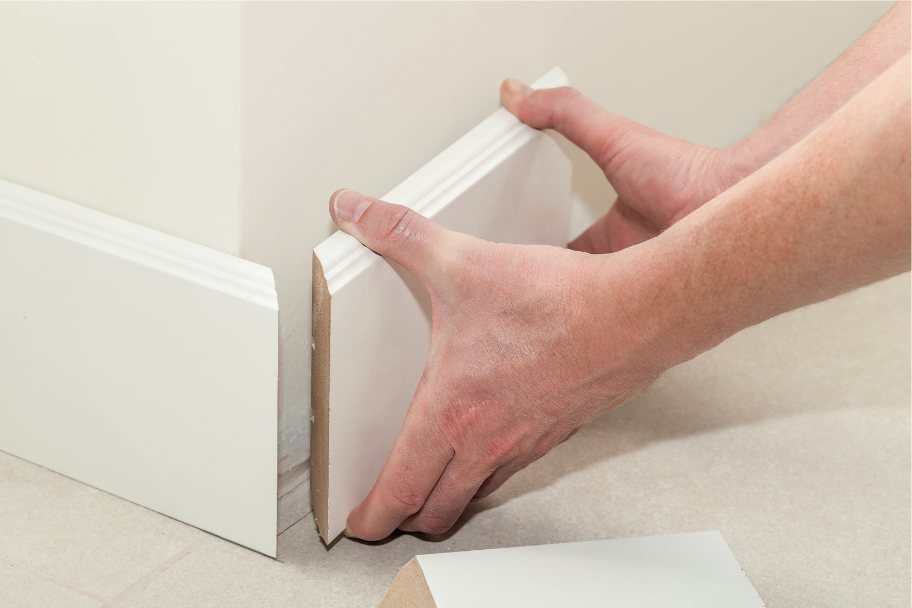
All you need to know about choosing the right skirting board and architrave for your job
Skirting board and architrave are two important elements of any interior design. They can be used to add character and style to a room, and they can also help to hide imperfections in the walls and floors.
Skirting board is the horizontal board that runs around the bottom of the walls in a room. It is typically made of wood, but it can also be made of other materials such as PVC or MDF.
Skirting board serves a number of purposes, including:
- Protecting the walls from damage from furniture and other objects
- Hiding the joint between the walls and the floor
- Providing a place to attach curtains or blinds
- Enhancing the appearance of the room
Architrave is the vertical board that surrounds doors and windows. It is typically made of the same material as the skirting board.
Architrave serves a number of purposes, including:
- Framing the doors and windows
- Hiding the joint between the doors or windows and the walls
- Enhancing the appearance of the room
When choosing skirting board and architrave, there are a few things to keep in mind:
- The style of the room: The skirting board and architrave should match the style of the room. For example, a traditional room would benefit from traditional skirting board and architrave, while a contemporary room would benefit from contemporary skirting board and architrave.
- The size of the room: The size of the skirting board and architrave should be in proportion to the size of the room. For example, a small room would benefit from smaller skirting board and architrave, while a large room would benefit from larger skirting board and architrave.
- The material: Skirting board and architrave can be made from a variety of materials, including wood, PVC, and MDF. Wood is the most traditional material, but it is also the most expensive. PVC and MDF are less expensive than wood, but they are not as durable.
Here are some tips for choosing the right skirting board and architrave for your home:
- If you have a traditional home, opt for traditional skirting board and architrave. This could include a simple ogee profile or a more ornate Victorian profile.
- If you have a contemporary home, opt for contemporary skirting board and architrave. This could include a square-edge profile or a more minimalist profile.
- If you are on a budget, opt for PVC or MDF skirting board and architrave. These materials are less expensive than wood, but they are not as durable.
- If you have high ceilings, opt for taller skirting board and architrave. This will help to create a more elegant and spacious feel in the room.
- If you have low ceilings, opt for shorter skirting board and architrave. This will help to make the room feel taller and more airy.
No matter what your style or budget, there is a skirting board and architrave combination that is perfect for your home. By taking the time to choose the right products, you can create a beautiful and stylish interior design. For any further advice please speak to one of our knowledgeable team in your local branch.
